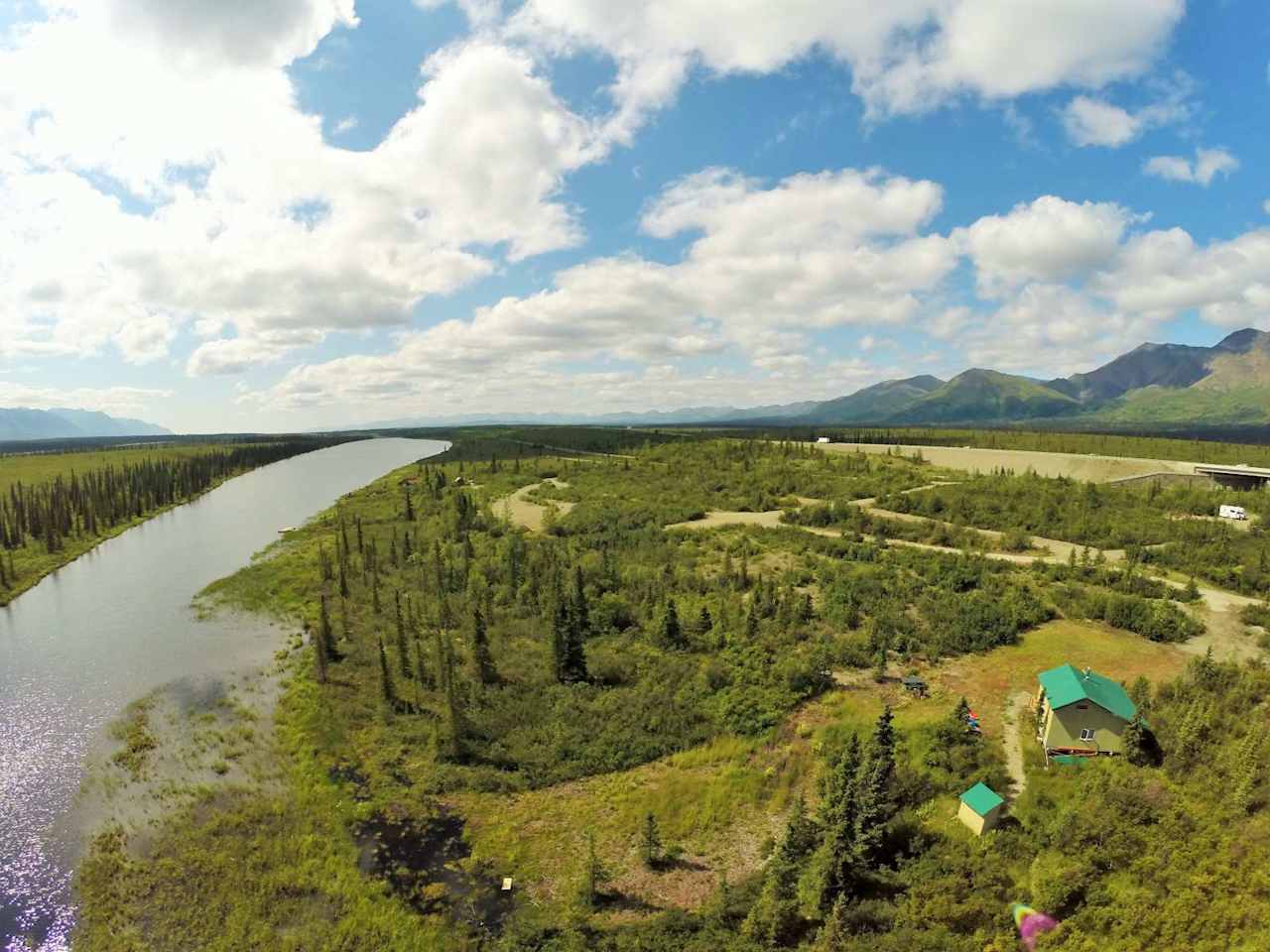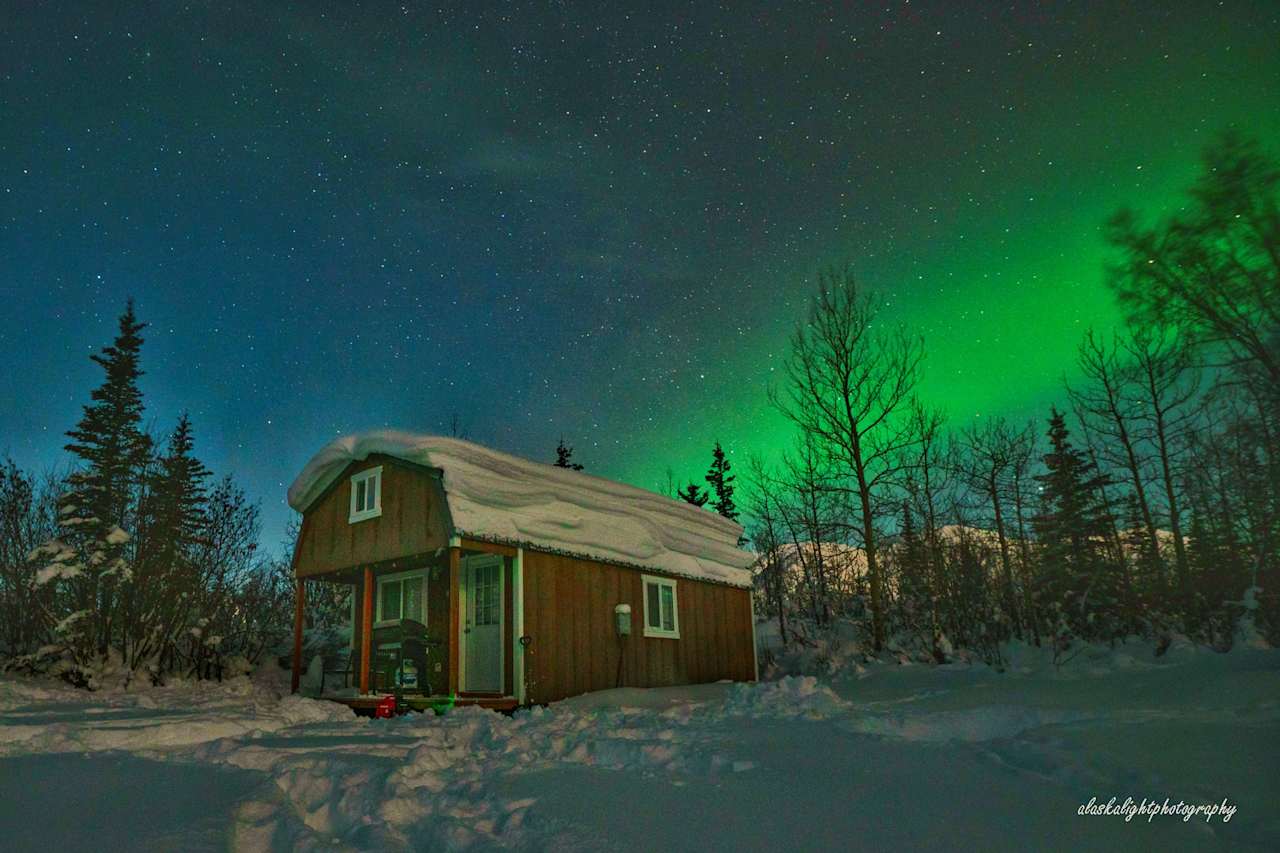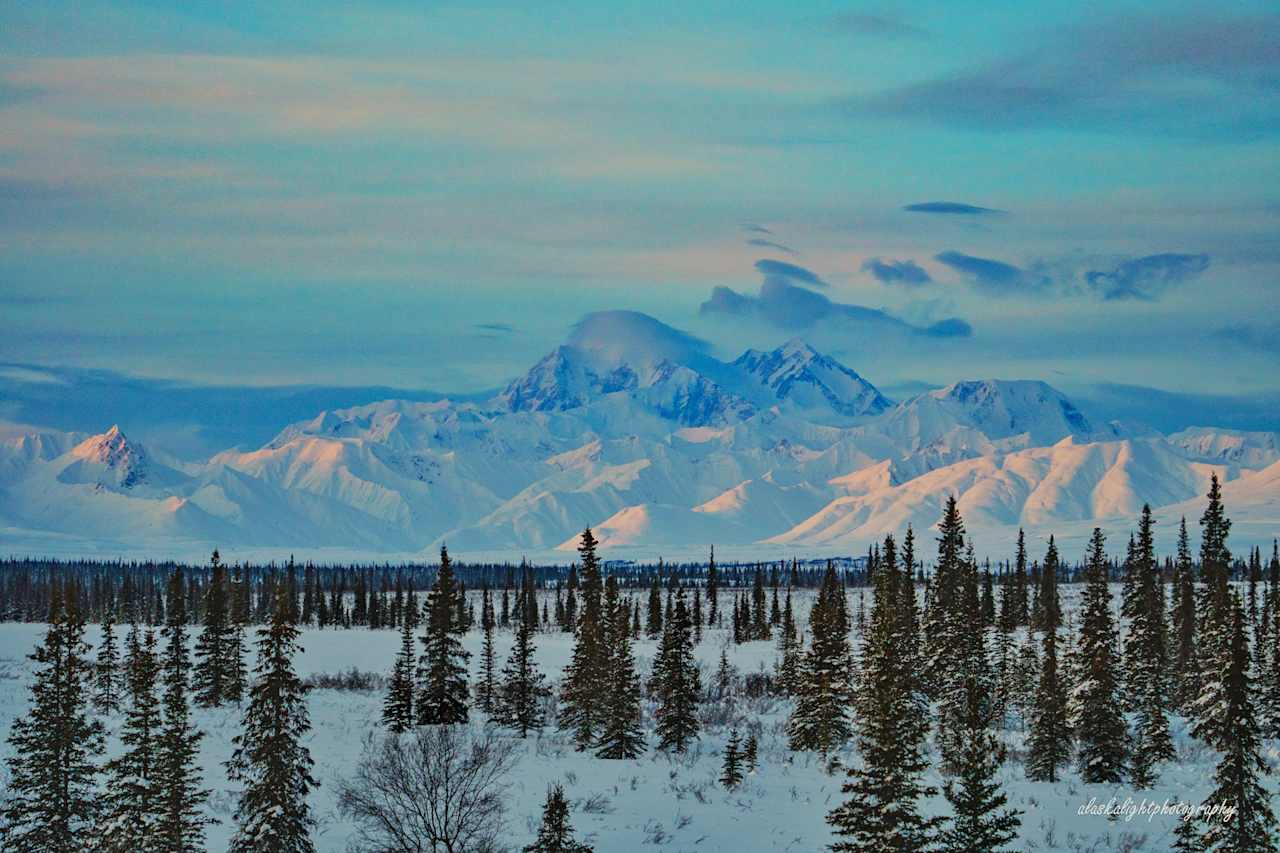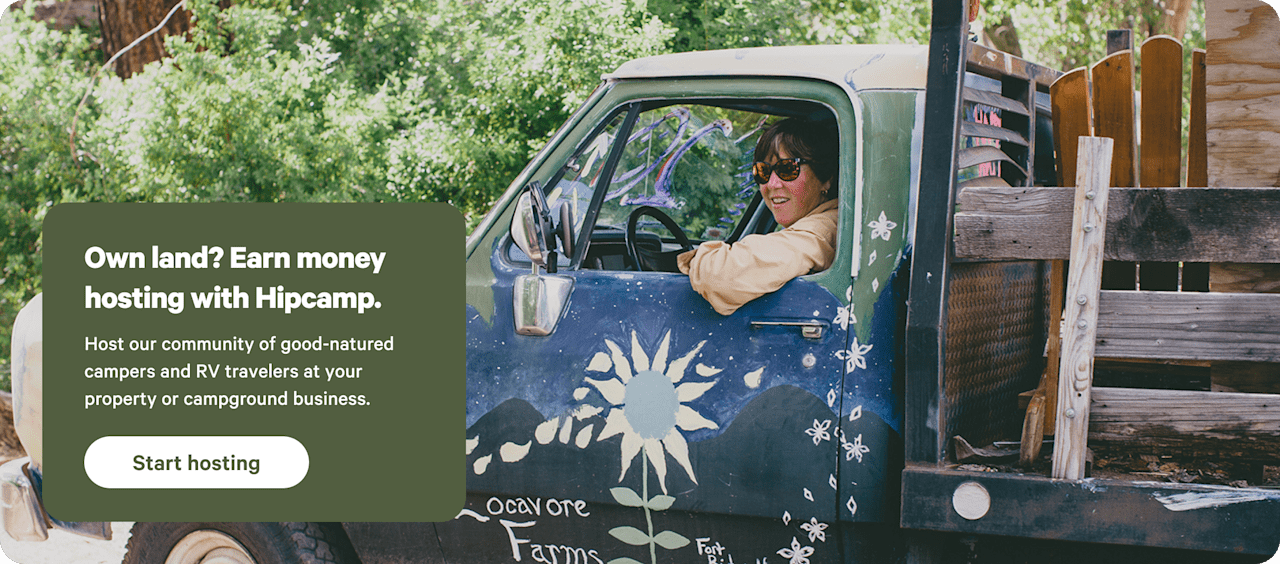Cabins near Healy with climbing
Healy is a gateway to Denali National Park and Interior Alaska.
- Healy
Popular camping styles for Healy


Cabins near Healy with climbing guide
Overview
Healy is an ideal basecamp for visiting Denali National Park and Preserve. The town is just 20 minutes from the Denali Visitor Center at the start of Denali Park Road. The park is a mecca for hiking, backpacking, mountaineering, and Alaskan wildlife viewing, while the Denali/Healy region is also known for whitewater rafting, fly fishing, snowmobiling, and cross-country skiing. Healy sits alongside the Nenana River in the spruce-covered foothills of the Alaska Range, where a number of campgrounds, cozy cabins, and glamping options draw campers looking to head into the park.
Where to go
Denali National Park and Preserve
Denali National Park spans over 6 million acres of Alaska Range peaks, glaciers, forests, and tundra. At its heart, Denali (formerly Mount McKinley) rises over 20,300 feet, making it the tallest mountain in the US. Many come to hike, backpack, or mountain climb, while biking is also permitted on the Denali Park Road. Park visitors regularly spot moose, brown bear, Dall sheep, and caribou—plus the park also employs a team of Alaskan husky sled dogs for snow patrols. You can meet these canine rangers at their kennel near the visitor center.
Denali State Park
Adjacent to Denali National Park is Alaska’s own Denali State Park. Its rolling tundra and ridge hikes can be less crowded than some of the national park’s routes, and you’ll still get panoramic views of the Alaska Range from here, as well as access to Byer’s Lake.
Fairbanks Area
Fairbanks is a 2-hour drive from Healy, offering campers plenty of rest-day amenities like restaurants, a farmers’ market, and museums. Chena Hot Springs is a popular day trip from here, and the area also features many fishing, boating, dog sledding, and snowmobiling guides and outfitters.
When to go
The best summer weather in Healy is typically between June and August. Because of Healy’s northern latitude, summer days in June may stretch for 20 hours, whereas winter days in December can see just four hours of daylight. Denali National Park is open year-round, though winter access is limited to travel by foot, snowshoe, ski, or dog sled. As part of Alaska’s subarctic boreal forest, the region also features a mix of deciduous trees like aspen and birch that make for dazzling fall foliage displays. From September to April, the northern lights may be visible.

















